Cusco, 2024
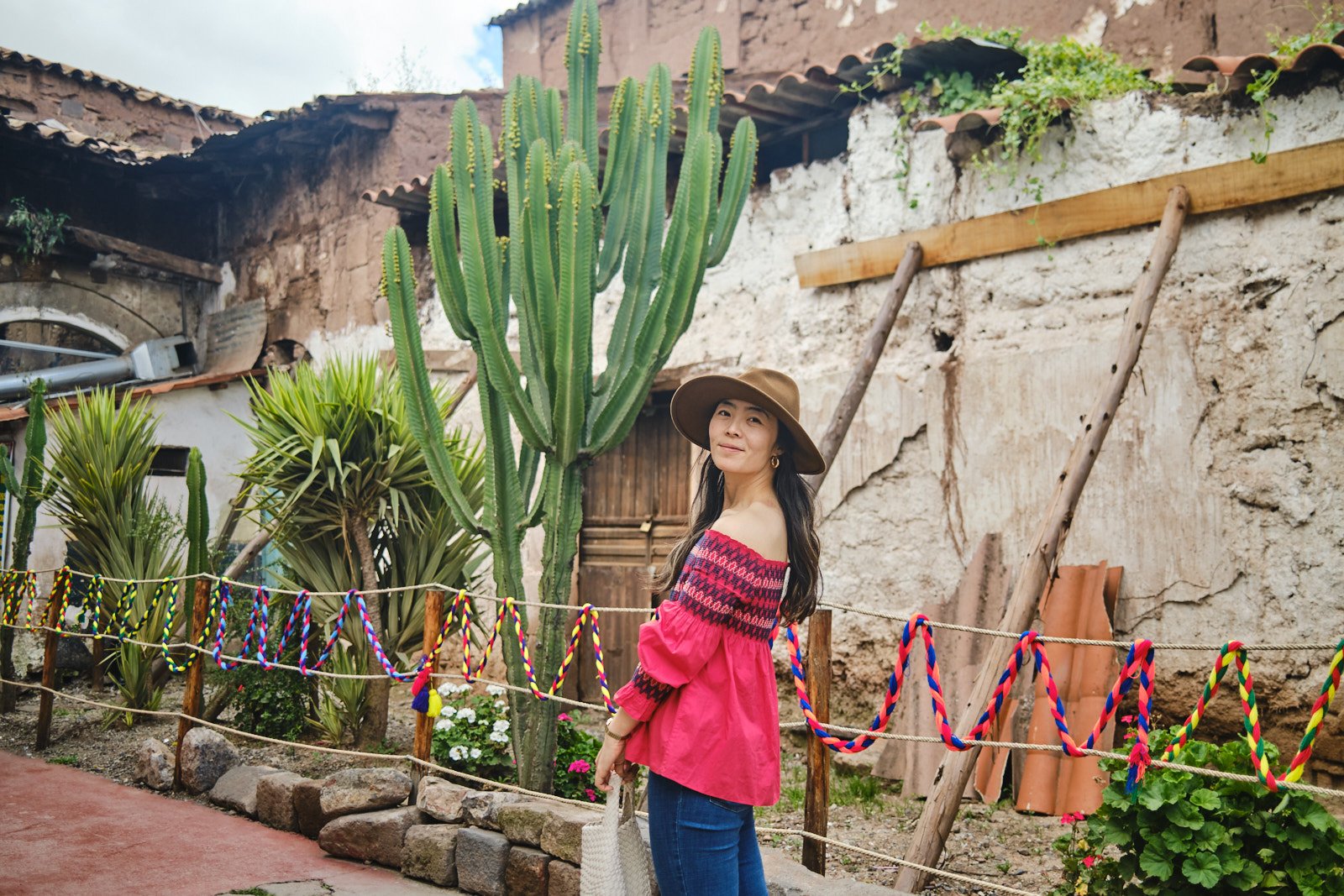
Having traveled to cities around the world, the places I always fall in love with end up being smaller walkable towns with history, a vibrant culture, and lovely people. Lima may be the capital city but Cusco is the heart of Peru.
We bookended our Inca Trail trek with three total days in Cusco, and spent the majority of the time exploring what we could, while acclimating to the high altitude. Because it’s so walkable, we strolled around in which direction looked fun, letting curiosity lead the way. Cusco reminded me of Porto or Florence, where you can get wherever you need on foot, while admiring street life and culture out and about.
What’s different about Cusco is that it sits atop a natural lagoon, surrounded by the picturesque Andes mountains. You can see the entire city if you move up in elevation, and admire the beauty of the humble architecture. This city showcases its history through a blend of Inca stonework and Spanish colonial influence. Narrow cobblestone streets wind through neighborhoods lined with colonial mansions with intricate balconies, showcasing the fusion of indigenous and European design elements. I loved peeking into open doorways as I walked past them — many times they’d reveal beautiful serene courtyards full of lush greenery. Even restaurants take advantage of these indoor-outdoor spaces to make dining experiences feel like cozy backyards.
Our favorite spots
Vitality Day Cusco, for affordable massages, especially after a long hike
Campo Cocina Andina, for an upscale Peruvian cuisine dining experience at a reasonable price. Its sister restaurant, Morena Peruvian Kitchen, also has great reviews but was too busy to accommodate us
San Pedro Market, for fresh fruit juice and all the souvenirs
Hotel Encantada, for a boutique hotel experience in a great location. The staff is sweet and the terrace has an amazing panoramic view of the city
Calle 7 Borreguitos (Street of 7 Little Sheep), for a photo op on the cutest street. We loved the San Blas neighborhood.
Monasterio, A Belmond Hotel. We didn’t stay here but walked around and admired the tranquil courtyard. Many hotels in Cusco are converted from colonial-era mansions. This hotel is a restored colonial 16th century monastery.
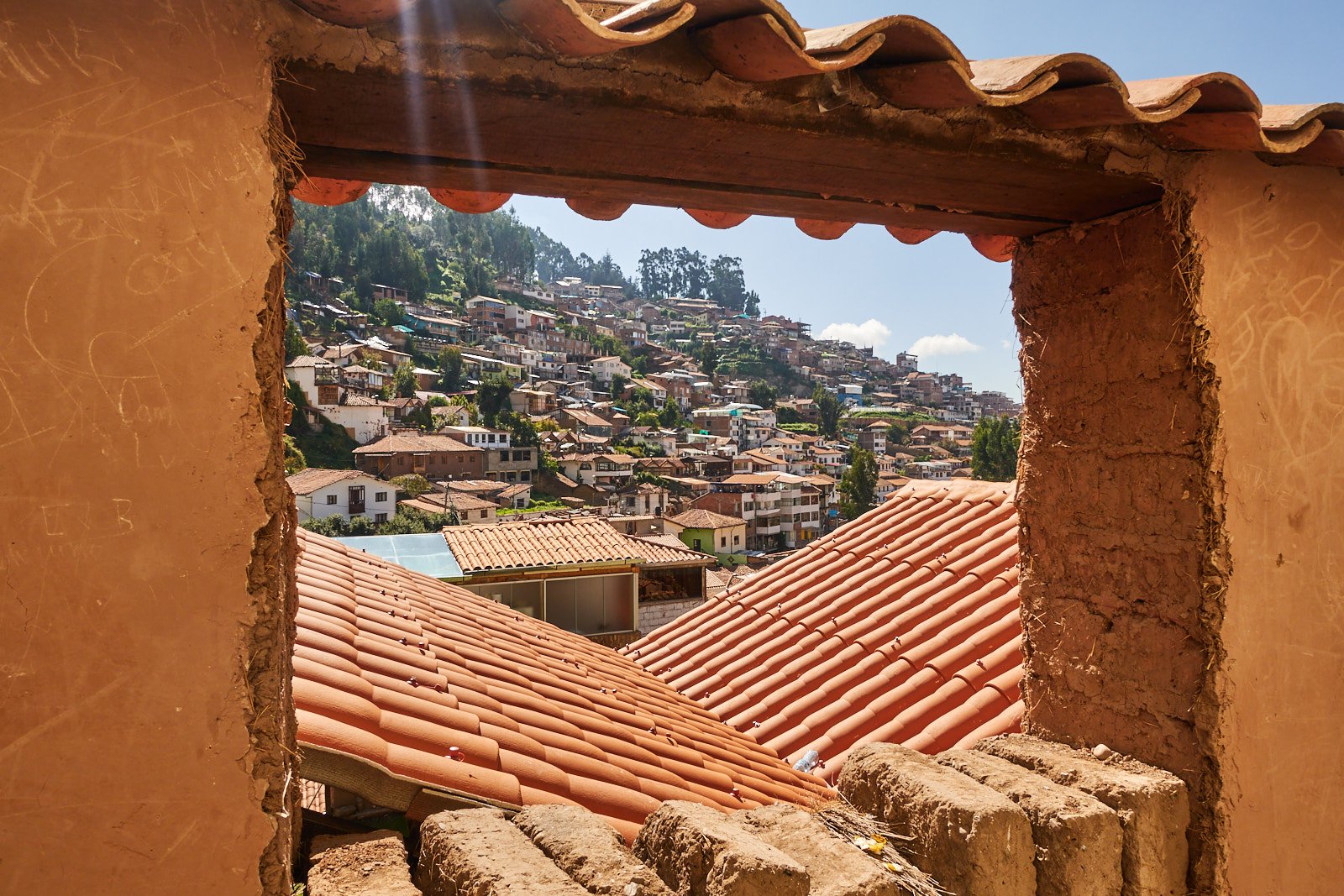
Saqsaywaman, Cusco’s Inca fortress
On our first full-day in Cusco, we were still acclimating but wanted to visit the biggest attraction of the city: Saqsaywaman. (No, not “sexy woman.”) Towering above the city, the fortress of Sacsayhuamán stands as a testament to the engineering prowess of the Inca civilization, its massive stone walls crafted with astonishing precision.
Inti Raymi, a traditional Inca religious ceremony held during the June solstice, takes place here every year. The space is perfect for an event of this scale.
Tips: Come early before tour bus crowds arrive. It’s walkable from the city center, but the altitude is high. It’d be smart to take a taxi to save yourself the long walk. But definitely wear sunscreen and bring plenty of water.
Qorikancha, Temple of the Sun
The iconic Qorikancha is a magnificent structure where Inca and Spanish architectural styles converge seamlessly. This sacred site was once the most important temple in the Inca Empire, dedicated to the worship of Inti, the sun god. Most of the temple was destroyed during the 16th century by Spanish conquistadors, but much of its stonework was used as the foundation for the Santo Domingo Convent. Today, Qorikancha stands as a poignant reminder of the resilience and ingenuity of the Inca people, remind us of their enduring legacy.
Constructed with meticulous precision using finely cut interlocking stone blocks, the Inca stone walls have withstood the Spanish conquest, subsequent looting, and major earthquakes. The sophisticated stone masonry is exhibited in what has now turned into a museum. Check out the photo below that shows the interior cross-section of one of the stone blocks. Truly unbelievable design and construction.

Food
The food we had in Peru was fresh, organic, and real. Using starchy staples like potatoes, corn, and quinoa, Peruvian cuisine incorporates a vibrant selection of flavors. I love that Peruvian cooking is so similar to Chinese cooking, exemplified by lomo saltado, a stir-fry dish that fuses Chinese stir-fry technique with Peruvian ingredients like tender strips of beef, onions, tomatoes, and soy sauce, served over rice.
Throughout our meals in Cusco and in the mountains, we observed the effort put into the presentation and plating of each dish. Restaurants also work hard to maintain a unique peaceful ambiance full of greenery and plant life.
All our hotels had complementary breakfast. We started every morning with coca tea and ended our meals with a digestive muña tea. We drank endless amounts of chicha morada, got buzzed off pisco sours, ordered fresh goldenberry and cherimoya juices, tasted so many varieties of potatoes, had alpaca burgers, loved aji de gallina, and even tried roasted guinea pig. We also stopped by a few dessert shops and shared ice cream and picarones, a donut made of sweet potato flour. Yum.
TIPS for traveling
Get high-altitude medication before you set out for Cusco. Altitude sickness can cause major disruptions to your travel plans, or at the very least, make it hard to breathe. So take Diamox and give yourself time to acclimate.
Because of climate change, the sun is not a joke here. Strong sunblock is a must. I didn’t apply sunscreen to a portion of my neck one morning and had to live with the pain of my sports bra digging into sunburnt skin for the rest of the week.
Drink all the coca tea and chew on all the leaves, but you can’t bring them back to the U.S. I finally understand why people say the original Coca-Cola formula contained cocaine. Coca leaves!
Don’t get caught up in the too-good-to-be-true $1 sol artwork hawkers are selling around Cusco. Apparently they also selling crack on the down low.
Settle on a price to pay the alpaca ladies before you take your photo with them. They’re not always nice grandmas; they’ll hustle you for another dollar.
You will inevitably have to deal with Lima airport. We unfortunately spent the night there, accompanied by tons of other travelers. We napped in the food court, which was luckily open until security for domestic flights opened back up at 2am.
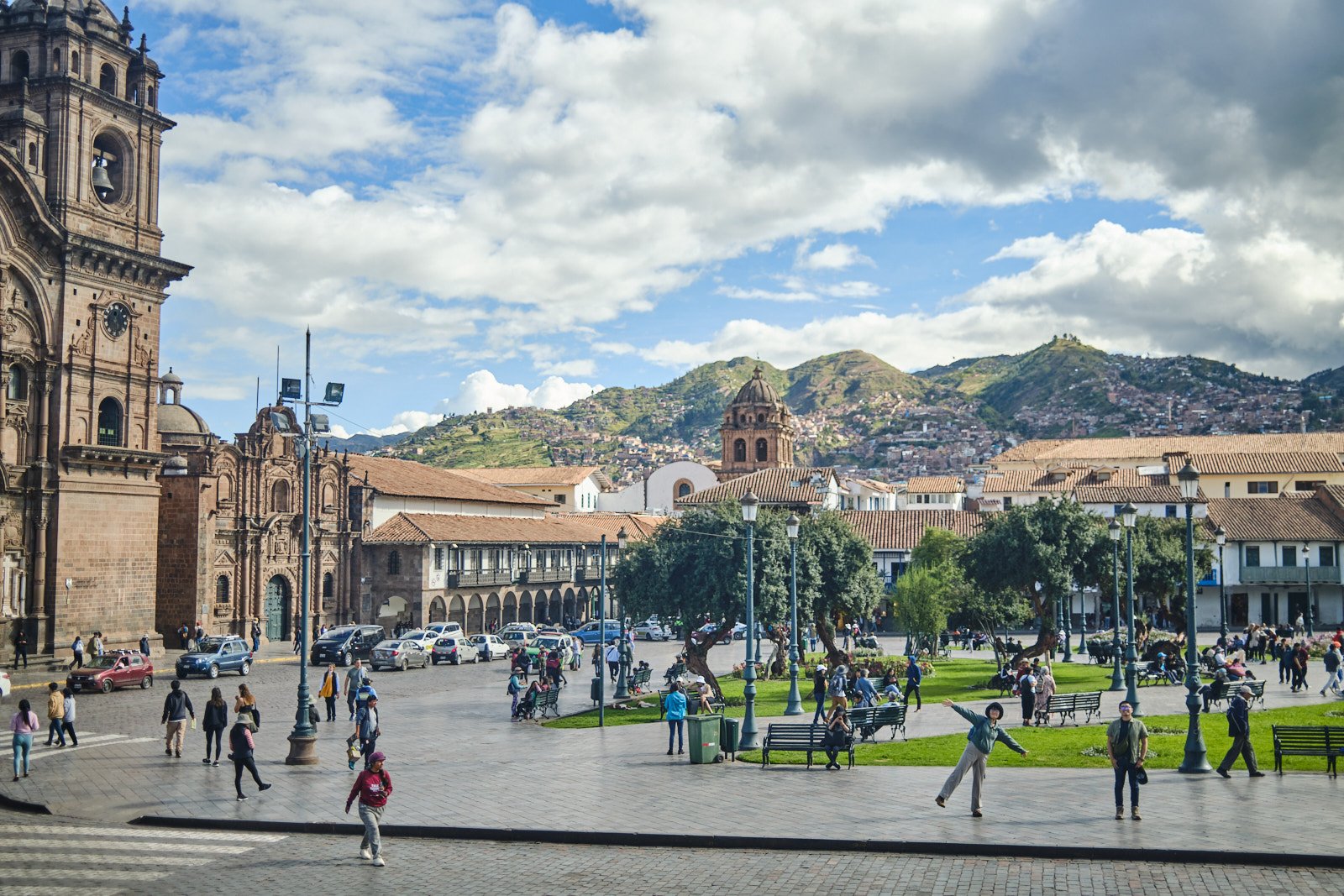
Thank you Cusco, for being such a welcoming city to visit during our first trip to South America!
A sunny morning spent admiring Manueline architecture in the monastery where Portuguese egg tarts were invented.
Sashimi to gorge on, animals to pet, videos games to play, and pedestrian streets to fall in love with all over again.
Seafood donburi, scallops, cremia ice cream, fresh milk products… Hokkaido was a foodie paradise.
I took a gamble on Frontier Airlines again and booked $83 roundtrip flights to Denver. And we had a rockin’ time.
Standing amidst the ancient ruins, surrounded by the majestic peaks of the Andes, and feeling one with mother earth.
Visiting Mexico City on Dia de Los Muertos has been a dream of mine. There’s nothing I love more than visiting a place so full of life, celebration, and holiday festiveness.
Because a visit to China isn’t just another vacation to a foreign country; it’s a visit with family that comes with all its wonderful complexities and emotions.
A huge fan of public parks, I was impressed by this whimsical urban oasis that completely removes you from one of the biggest urban centers in the world.
I’m not typically a nature person, but overachiever me loves a challenge like hiking Half Dome.
Pool lounging, beachfront brunches, daily massages, and the most magnificent architectural wood carving masterpiece.
A day enjoying the slower pace of life here on Cheung Chau, an island full of beaches, boats, hikes, and buns!
New Orleans is such an amazing place to visit, full of life, culture, food, and an endless amount of entertainment.
Maybe it’s the the winding cobblestone roads, sweet shopkeepers, or the sight of laundry hanging out on the balcony, but Portuguese cities feel more lived-in and genuine, unjaded by tourism.
A 5-part story: cloudy dramatic mornings, the magic of Montmartre, Versailles: town and country, autumn in Paris, and the legacy of Dior.
A perfect (Covid-friendly) weekend getaway to the Central Coast of California.
I feel so grounded in the earth, the changing seasons, and a slower pace of life that rewards you with much-needed peace and calm.
We drove up Route 66 to Santa Fe, a capital city full of rich history, food, architecture and so much art. I’m in love.
From ancient natural wonders to Pueblo Indian and Southwestern culture, to adobe architecture and chile galore, New Mexico is one of the most unique places I’ve ever visited in America. Our first stop: Albuquerque.
I was ready to experience this city for the first time in all of its high-rise, deep dish glory.
I picked a city, Simon picked a city, and together we planned a week-long trip to get back out in the world again. First stop: Beantown.


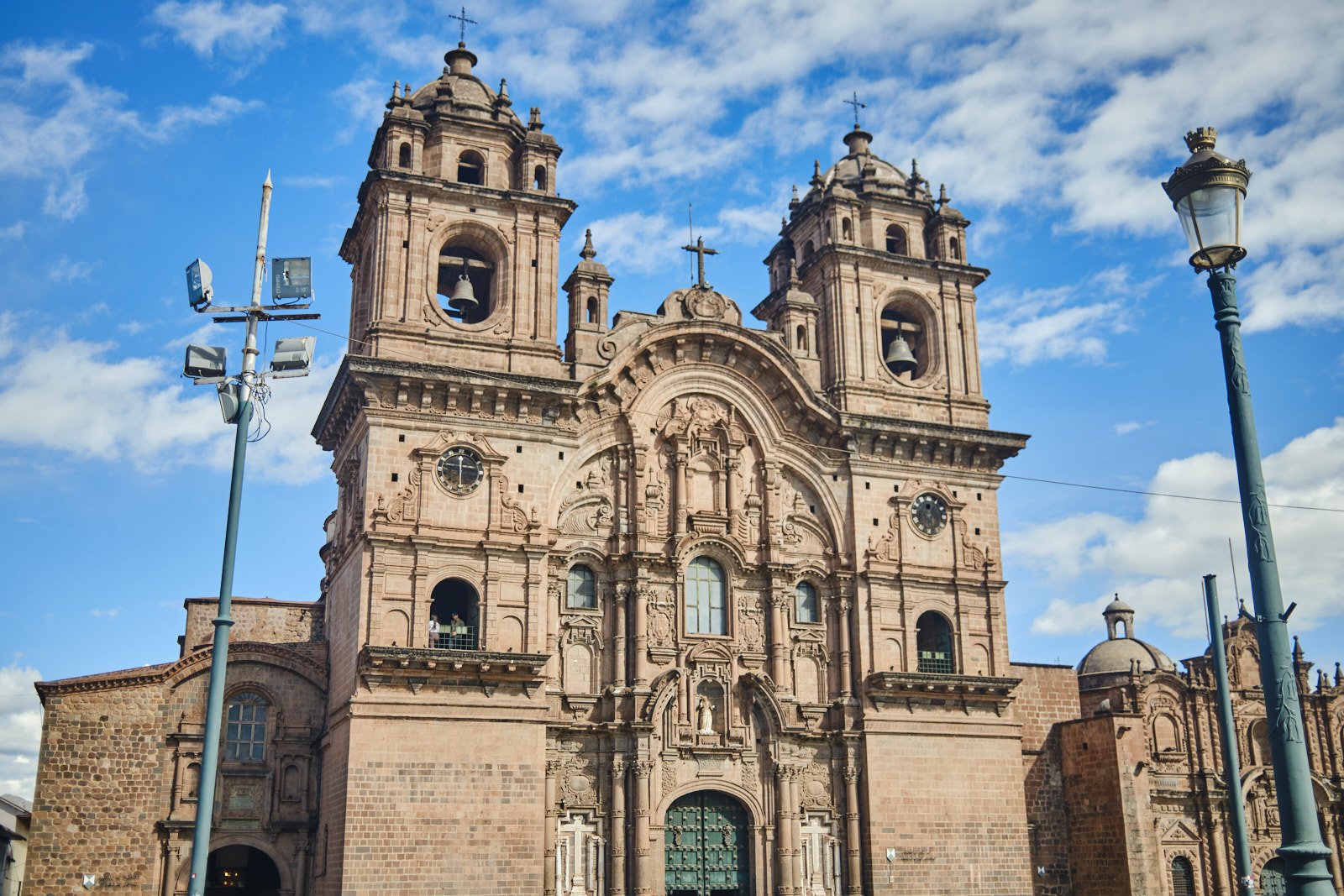









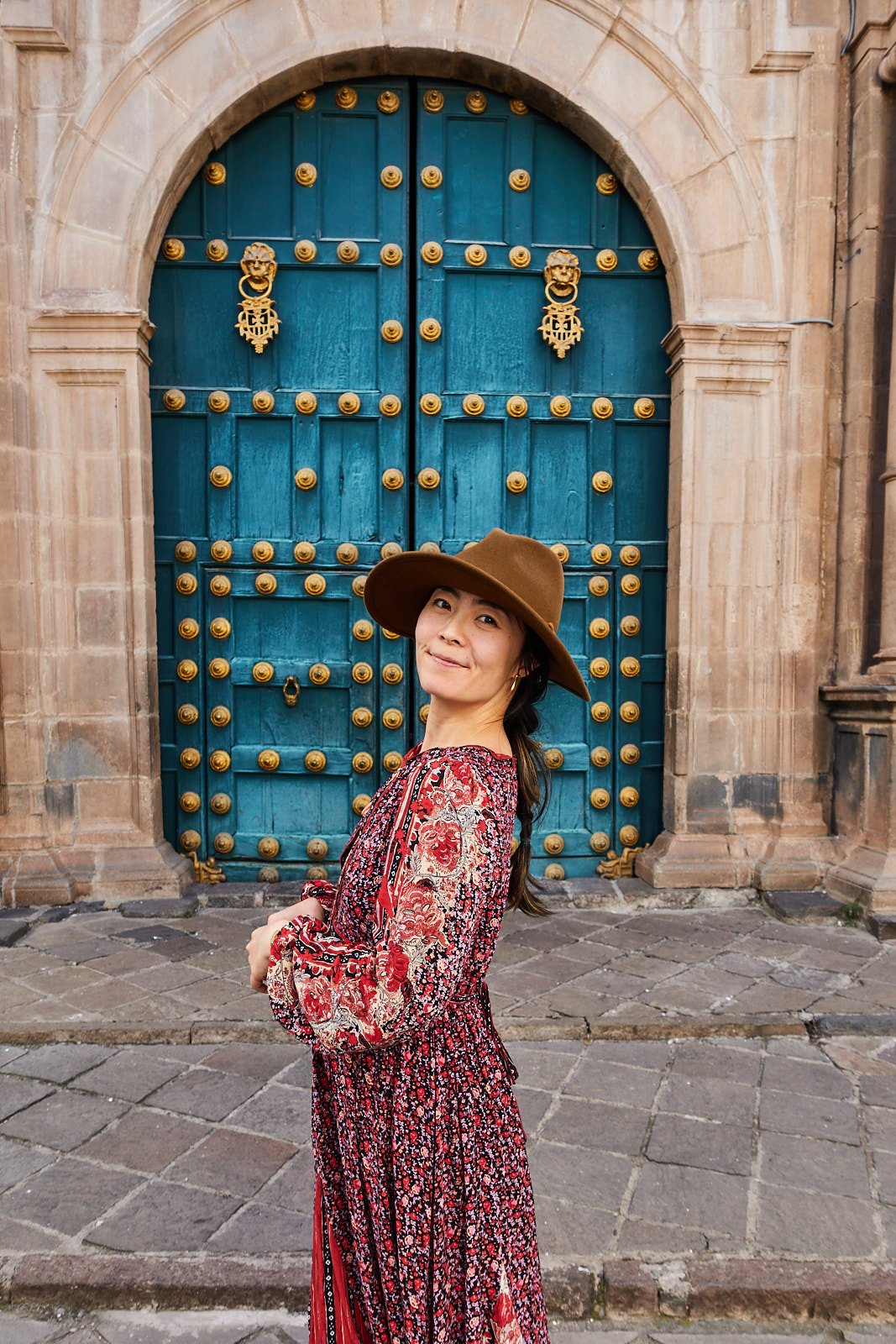































































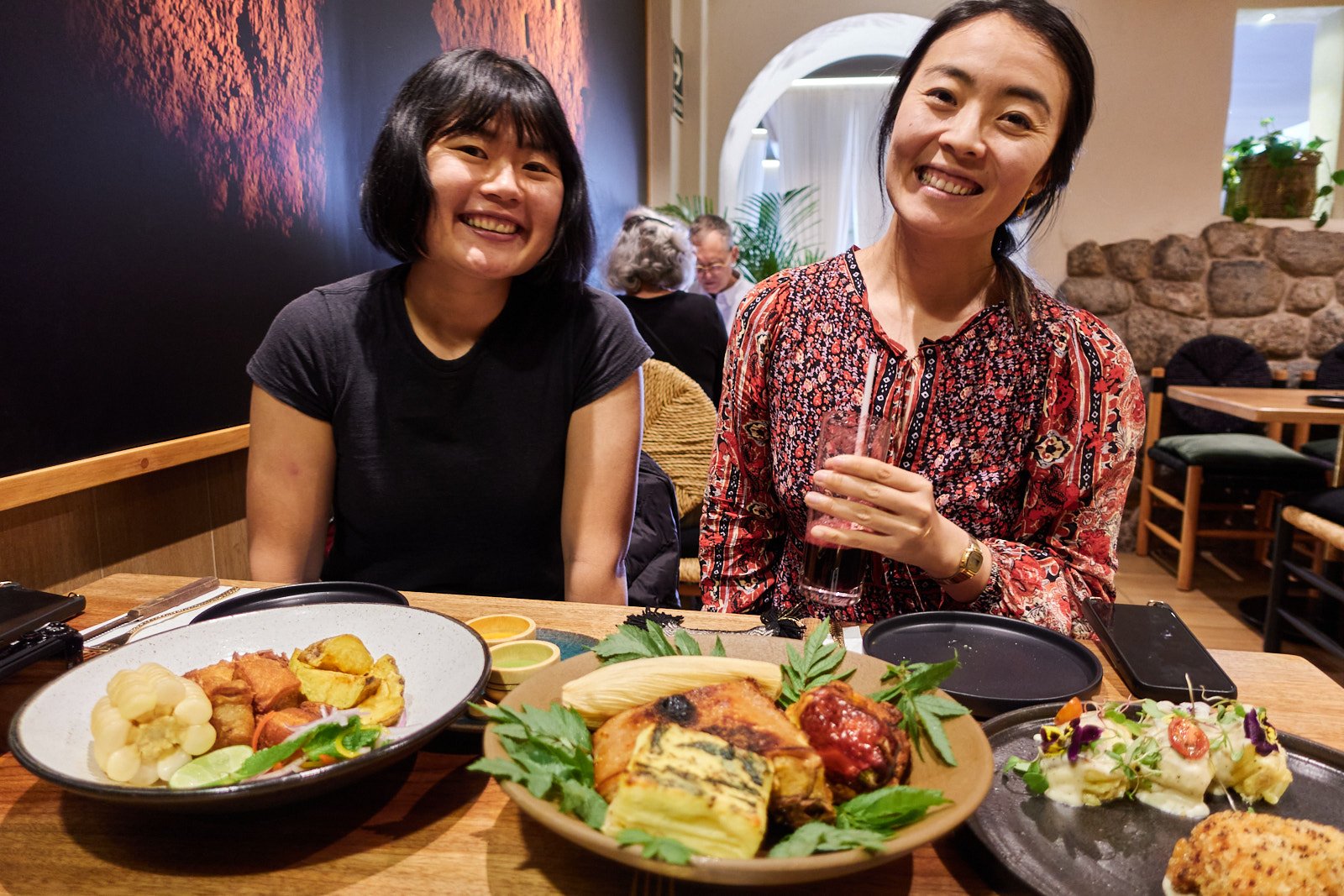






























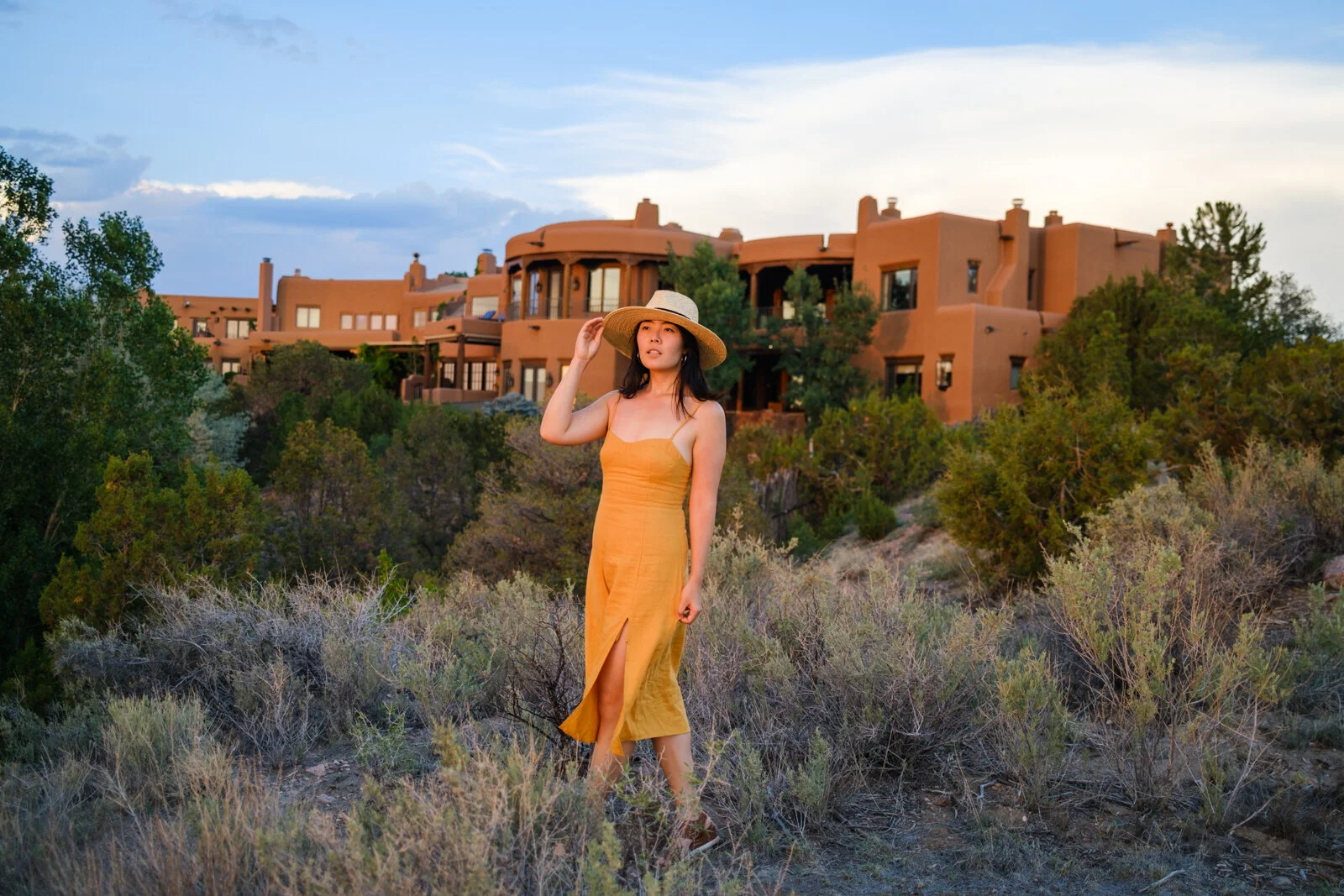

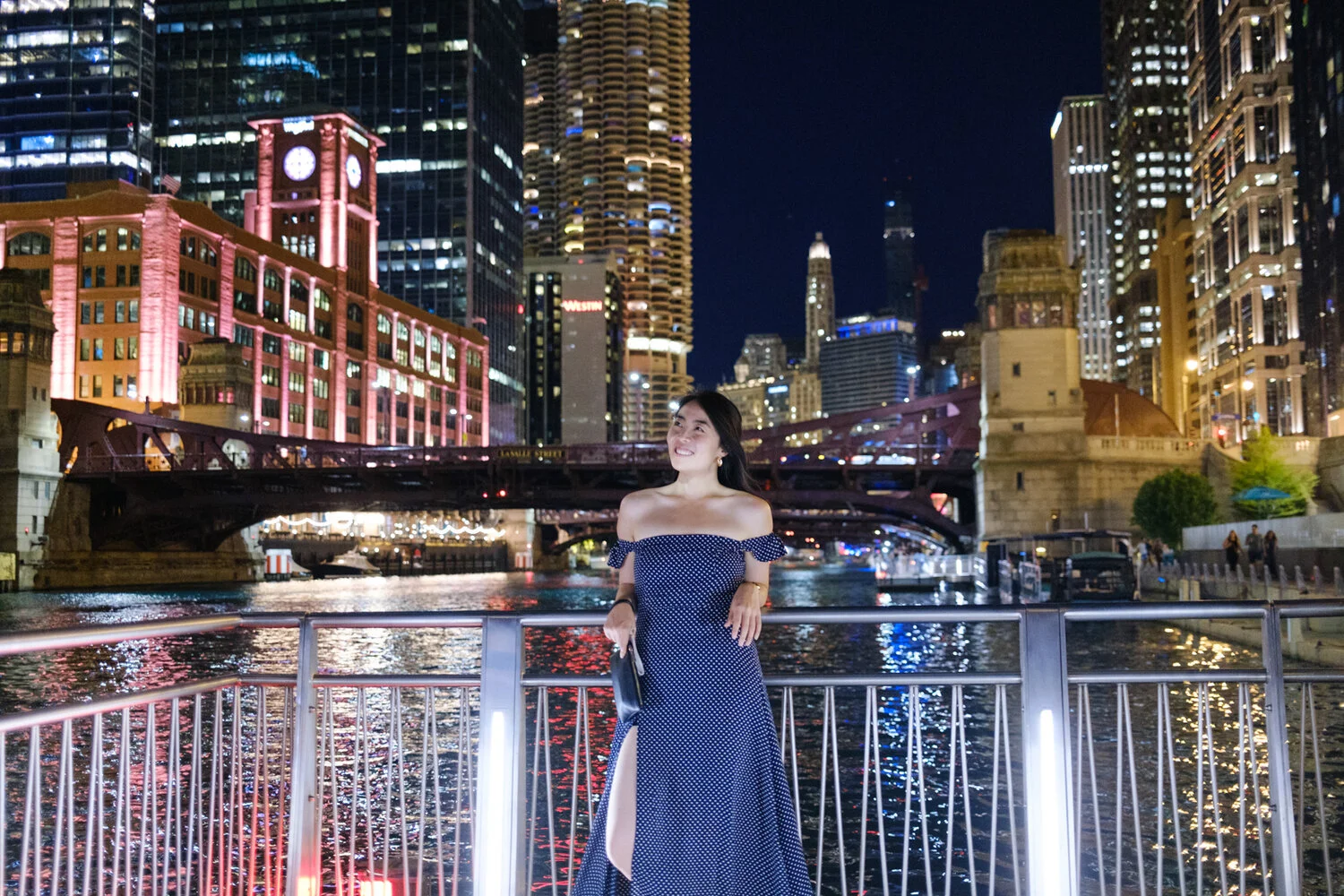




Mosque-turned-cathedrals, Moorish castles, Roman bridges, and architectural history galore in the beautiful historic region of Andalusia.